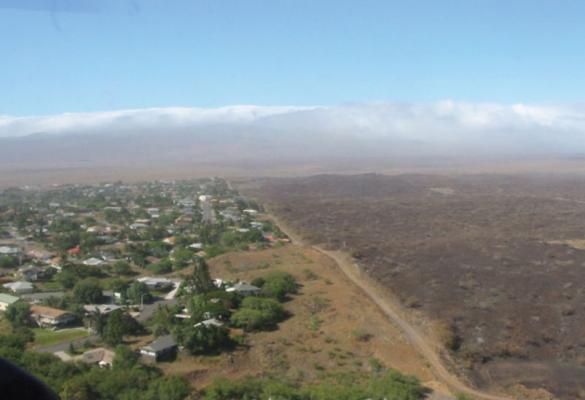Green Firebreaks
There are two main types of firebreaks in use in the United States. Standard firebreaks are areas where all organic material has been removed down to the mineral soil (Bennet 2017). Green firebreaks are strips of fire-resistant vegetation planted strategically to slow or stop the spread of wildfires, especially near infrastructure (Curran et al. 2018; Texas A&M Forest Service n.d.). Green firebreaks are also called fuelbreaks, greenstrips, and greenbelts (Ascoli et al. 2018; Davison and Smith, 1997; Greenbelt Alliance 2021).

Case Studies
Bureau of Land Management (BLM) Firebreak Across the Great Basin
Nature-Based Solutions for Community-Level Preparedness to Wildfires
Paradise Nature-Based Fire Resilience Project
Rangeland Restoration Following the Martin Fire in Reno, Nevada
Tools
Conservation Practice: Standard Firebreak
Firebreaks for Prescribed Burning
Mitigation Ideas: A Resource for Reducing Risk to Natural Hazards
Texas Prescribed Burn Handbook: Firebreaks
Using Nature-Based Solutions Across Landscapes (Infographic)
Likely Benefits and Outcomes
This strategy is likely to achieve these project goals. Click to search for strategies with a similar benefit.
Related Green (natured-based) vs. Gray infrastructure
In development.
